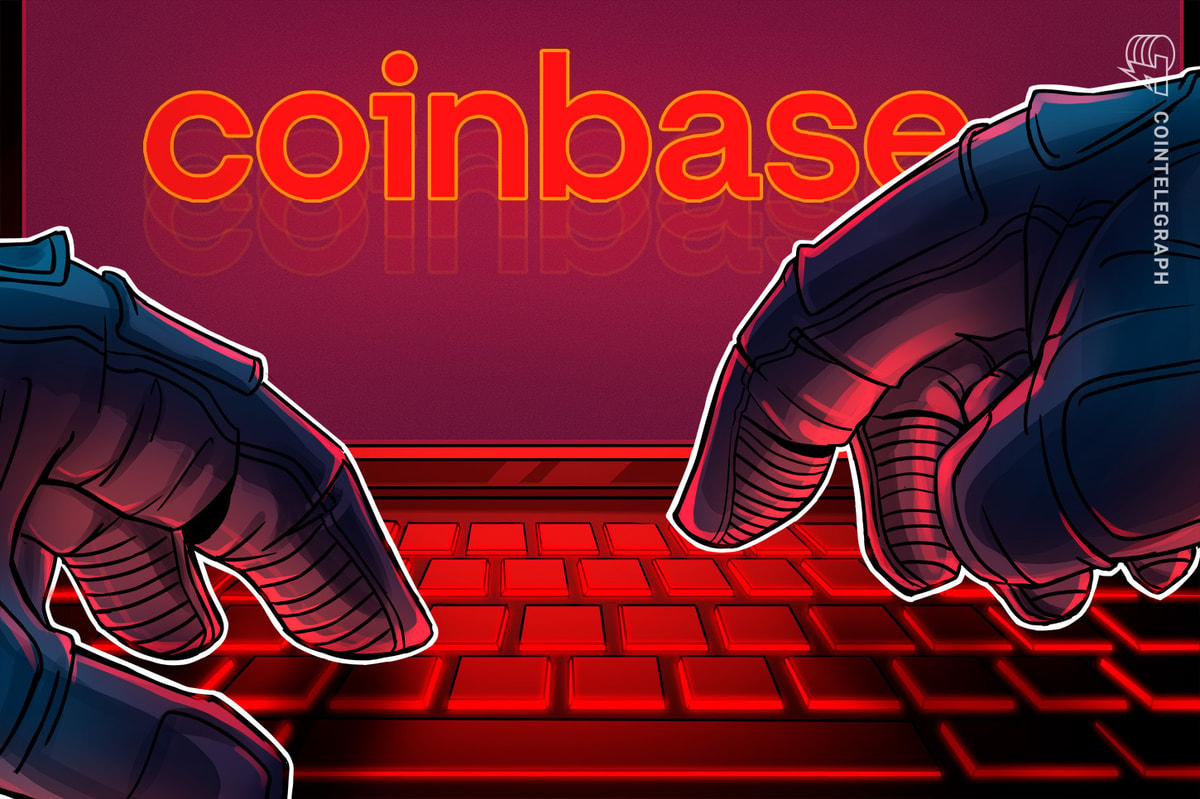India is continuing its exploration of a central bank digital currency (CBDC), but it is not in a hurry to implement one, according to Shri Shaktikanta Das, governor of the Reserve Bank of India (RBI).
Since launching the digital rupee pilots in late 2022, India has amassed 5 million retail CBDC users and 16 banks, Das claimed in an inaugural address at the RBI Global Conference devoted to digital public infrastructure and emerging technologies on Aug. 26.
The RBI governor mentioned that India’s CBDC pilots included both retail and wholesale segments, with the retail pilot starting with the initial use case of payments. According to Das, India is currently testing both the offline and offline and programmability functionalities of its retail CBDC.
India should not rush to implement a CBDC, says RBI governor
At the conference, Das emphasized that there should not be any rush to roll out a “system-wide CBDC” until India manages to acquire a comprehensive understanding of its potential impact on users and monetary policy, as well as the financial system and economy.
“Such understanding would emerge from the generation of user data in pilots. The actual introduction of CBDC can be phased in gradually,” Das stated.
He then expressed confidence that CBDC “undoubtedly” has the potential to “underpin the payment systems of the future,” both for domestic payments and also cross-border payments.
Reserve Bank of India governor Shri Shaktikanta Das at the Global Conference on DPI and Emerging Technologies. Source: YouTube
According to Das, one of the examples of CBDC’s programmability features could be ensuring the delivery of funds to the targeted user.
“Tenant farmers often find it difficult to access agricultural credit for inputs and raw materials as they do not have the land title to submit to the banks,” the governor noted, adding that CBDC could be a helpful tool in establishing the identity of farmers and generating carbon credits.
Among other use cases, Das mentioned features like anonymity and offline availability, which are also proposed to be rolled out gradually.
India’s crypto regulations remain unclear
Das’s latest remarks align with India’s original plans to proceed with CBDC testing smoothly.
Parallels can be drawn between India’s cautious approach to introducing a CBDC and the country’s stance on experimenting with cryptocurrencies like Bitcoin (BTC).
Despite some local agencies greenlighting the return of major global crypto exchange Binance to India, other regulators have been deliberately refusing to regulate crypto transactions.
Related: WazirX blames restructuring delays on external factors
In early August, the minister of state in India’s Ministry of Finance, Pankaj Chaudhary, declared that the Indian government has no immediate plans to regulate the sales and purchase of cryptocurrencies.
“Crypto assets or Virtual Digital Assets are unregulated in India, and the government does not collect data on these assets,” he stated.
According to local reports, India is currently preparing to overhaul its regulatory approach to digital assets as the Department of Economic Affairs prepares a key consultation paper on cryptocurrency legislation.
Magazine: Bitcoin miners steamrolled after electricity thefts, exchange ‘closure’ scam: Asia Express











